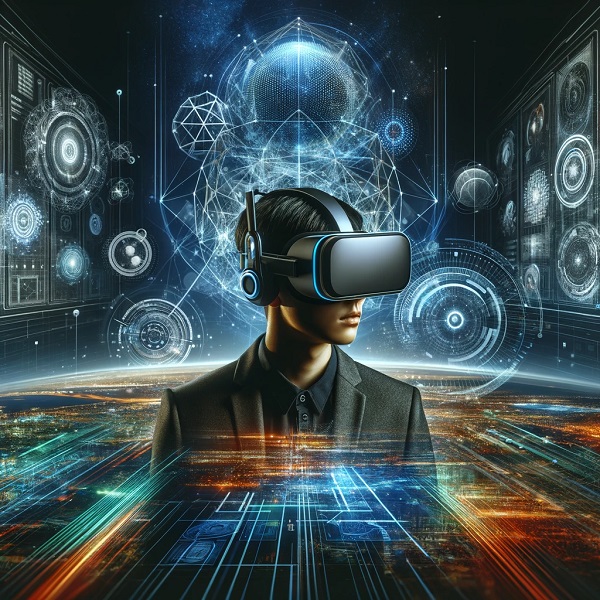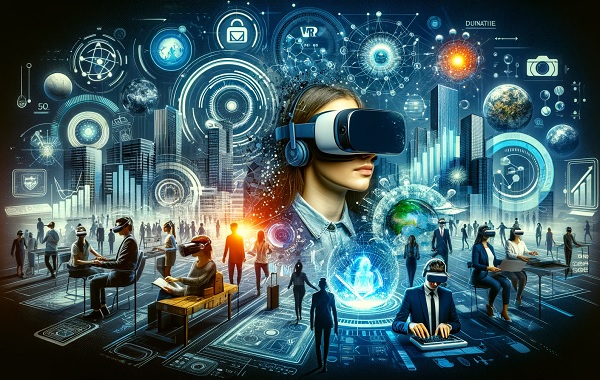Virtual Reality (VR) has journeyed from a science fiction dream to a tangible, rapidly evolving technology. As we step into 2024, VR’s trajectory suggests an exhilarating blend of innovation and widespread adoption. This article explores the current state of VR technology and what the future may hold.
Recent Advancements in VR Technology
The past year has been pivotal for VR. Breakthroughs in display resolutions and motion tracking have significantly enhanced the user experience, making VR more immersive and realistic. Wireless headsets are now more common, addressing the issue of mobility that once hindered the technology. Additionally, advancements in haptic feedback systems have enabled users to ‘feel’ virtual objects, adding a new dimension to the VR experience.
Industry Adoption and Applications
2024 witnesses diverse industries embracing VR to revolutionise their operations. In education, VR is being used for immersive learning experiences, allowing students to explore historical sites or conduct virtual science experiments. Healthcare has seen VR applications in surgical training and patient therapy. The gaming industry continues to be a major player, with VR games becoming increasingly sophisticated. Corporate training programs are also adopting VR for risk-free simulations and skill development.
Consumer Trends in VR
Consumer interest in VR has soared, with a notable increase in the adoption of VR headsets for home use. Popular VR content ranges from gaming and live sports experiences to virtual travel and social media platforms. The affordability of headsets and the availability of diverse content have played crucial roles in this trend.

Challenges and Limitations
Despite the progress, challenges remain. The high cost of top-tier VR systems limits their accessibility. Additionally, there’s a continuous need for high-quality content to keep users engaged. The physical space required for VR setups is another concern, especially in urban settings. Experts suggest that overcoming these barriers will be key to VR’s wider adoption.
The Future of VR: Predictions and Possibilities
Looking ahead, the possibilities for VR seem boundless. Experts predict further integration of VR with other technologies like AI and AR, leading to more personalized and interactive experiences. Breakthroughs in lightweight, wireless headsets could make VR more accessible. The potential for VR in remote work, education, and even virtual tourism is immense, pointing towards a future where VR is an integral part of our daily lives.
As 2024 unfolds, VR technology continues to break new ground, redefining how we interact with digital environments. The blend of technological advancements and increasing adoption across various sectors paints a promising future for VR.
References and Further Reading
For those interested in delving deeper into the world of VR, numerous studies and reports are available that provide greater insight into this fascinating technology.
Are you excited about the future of VR? We’d love to hear your thoughts and predictions! Share your views in the comments section below, and don’t forget to subscribe to our newsletter for the latest updates in VR technology. Let’s explore the virtual future together!
